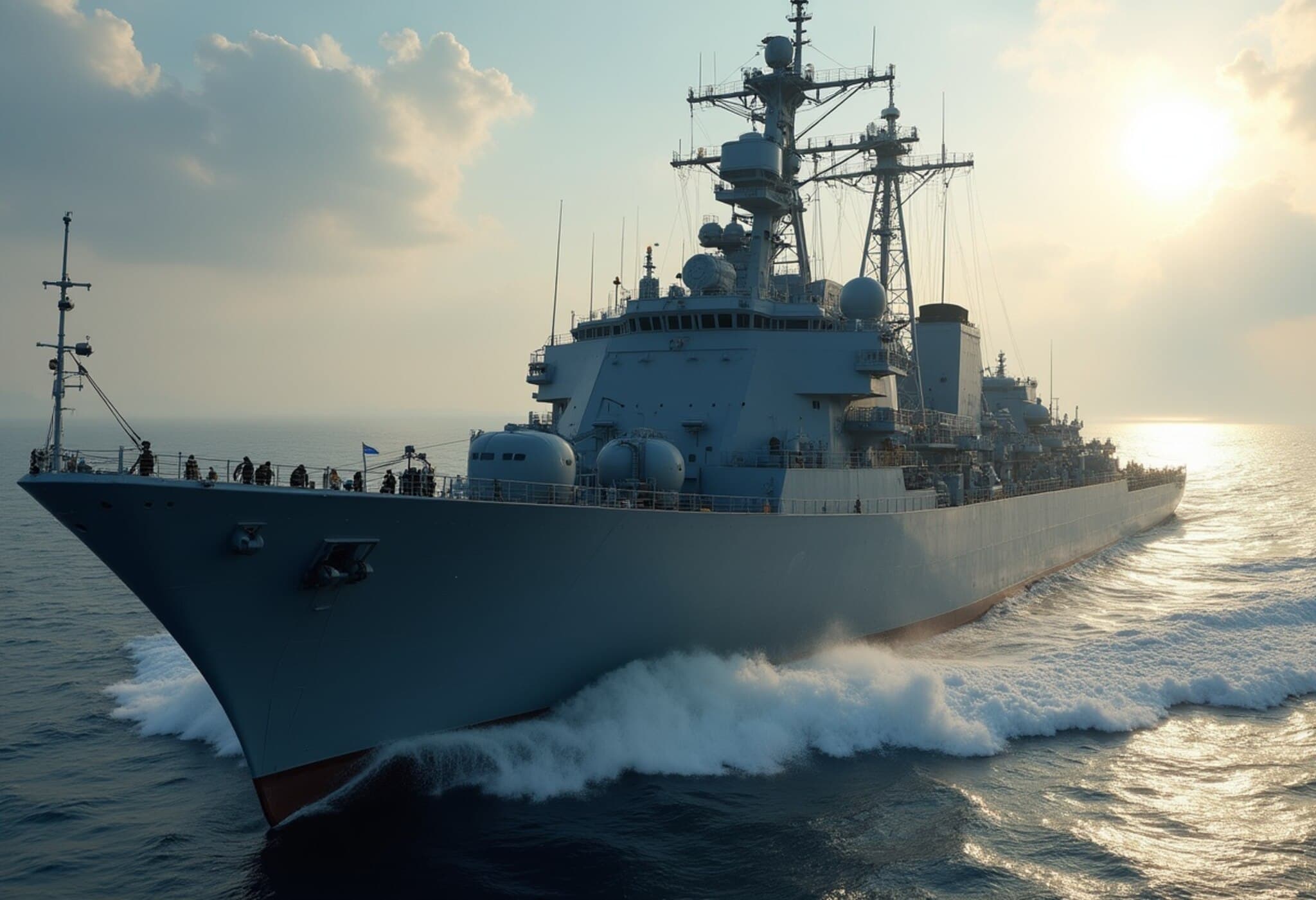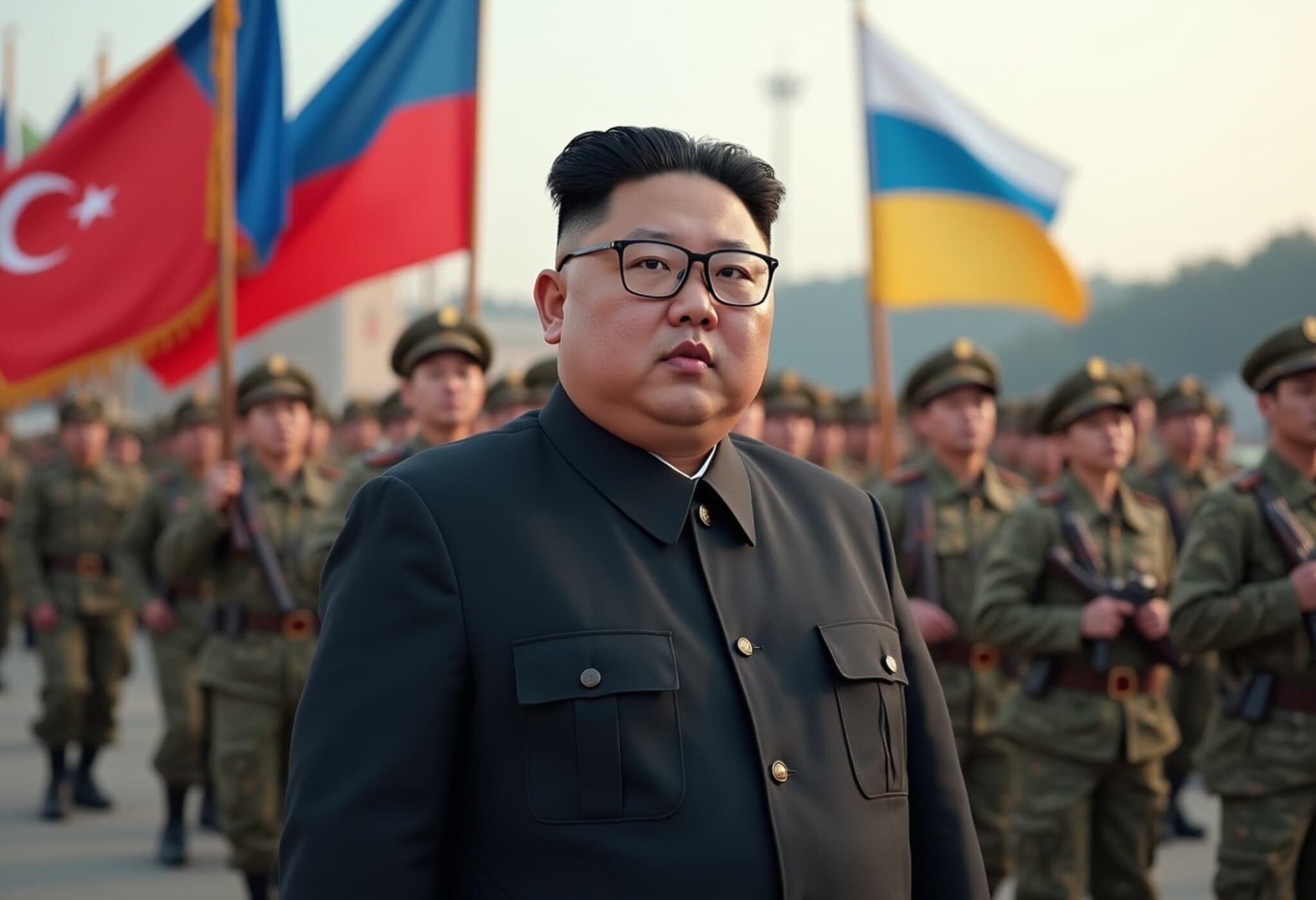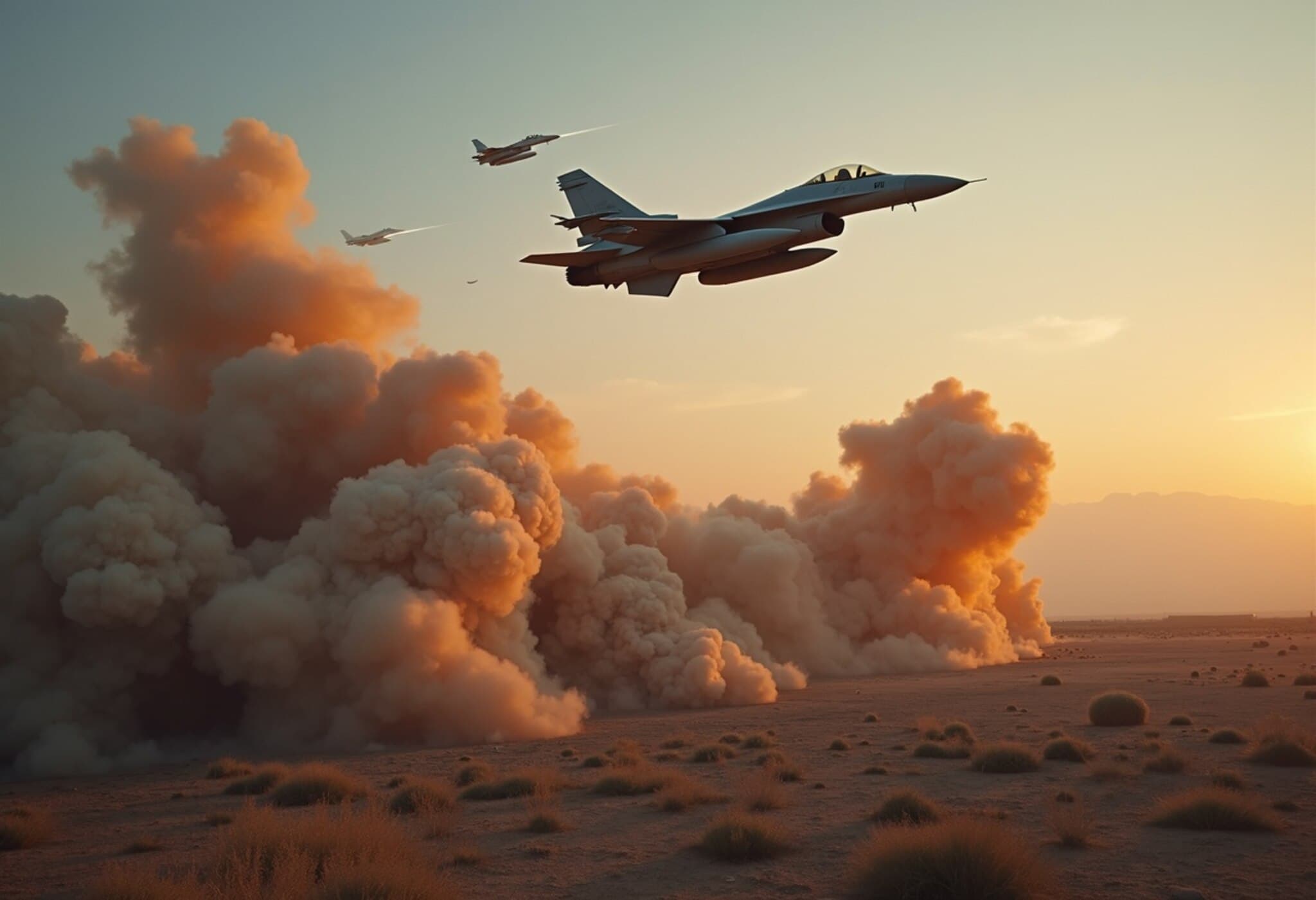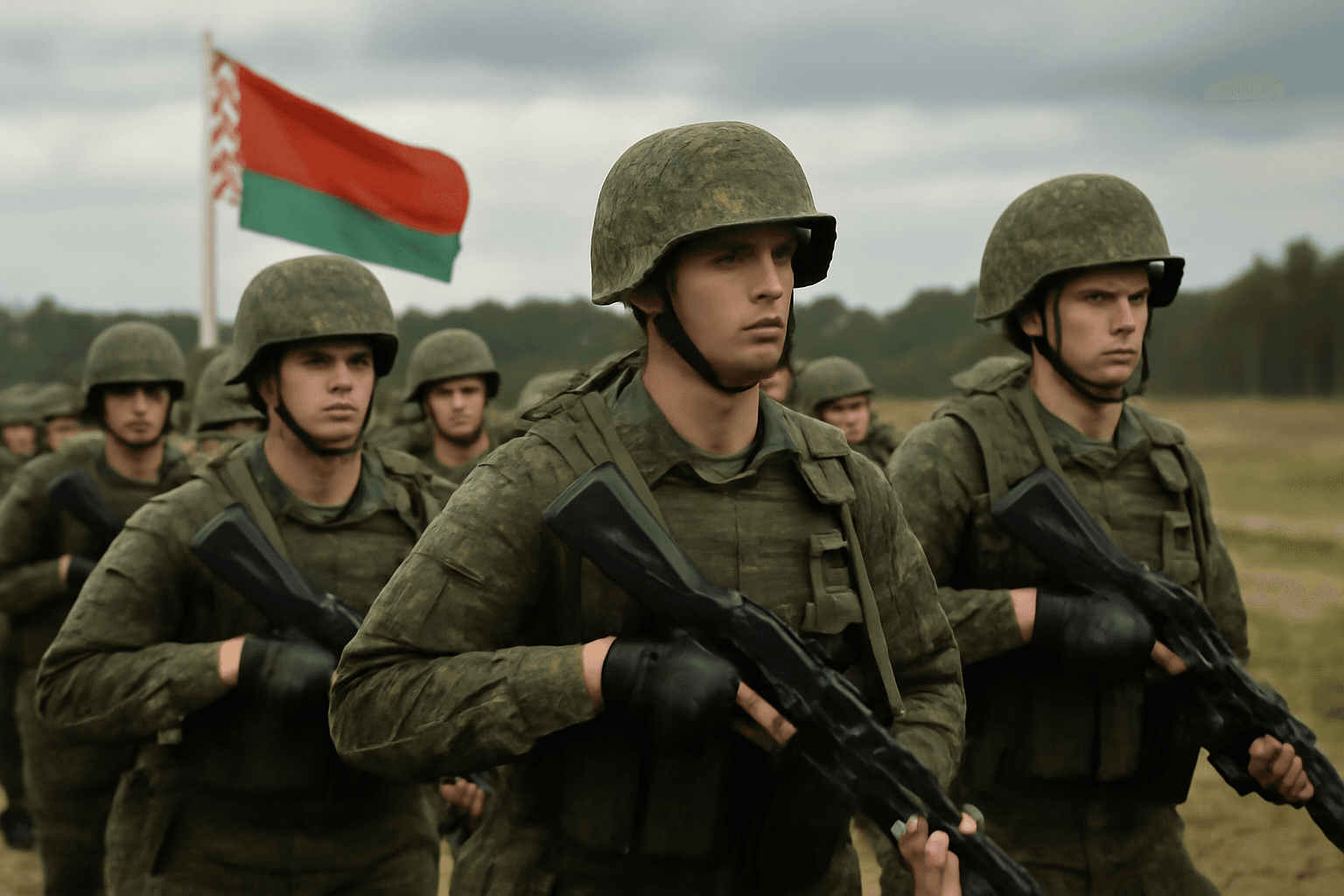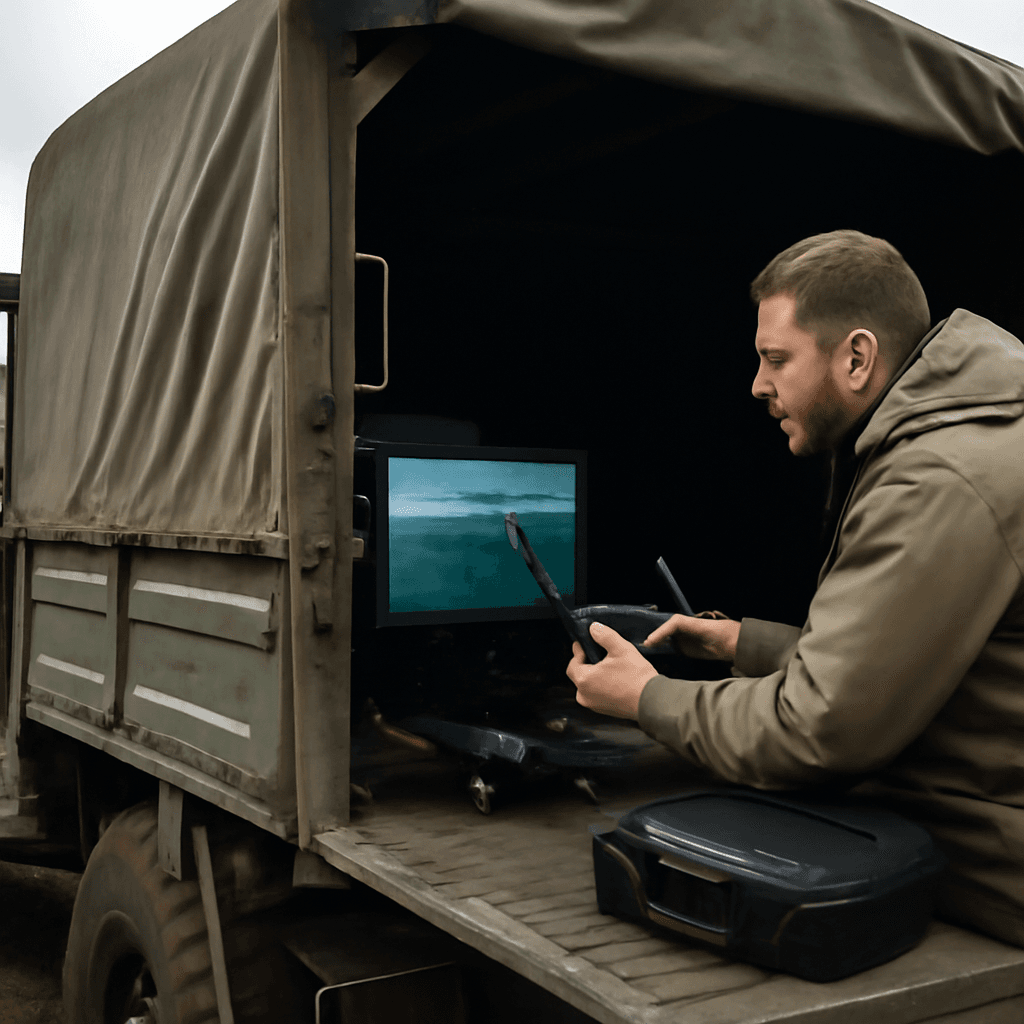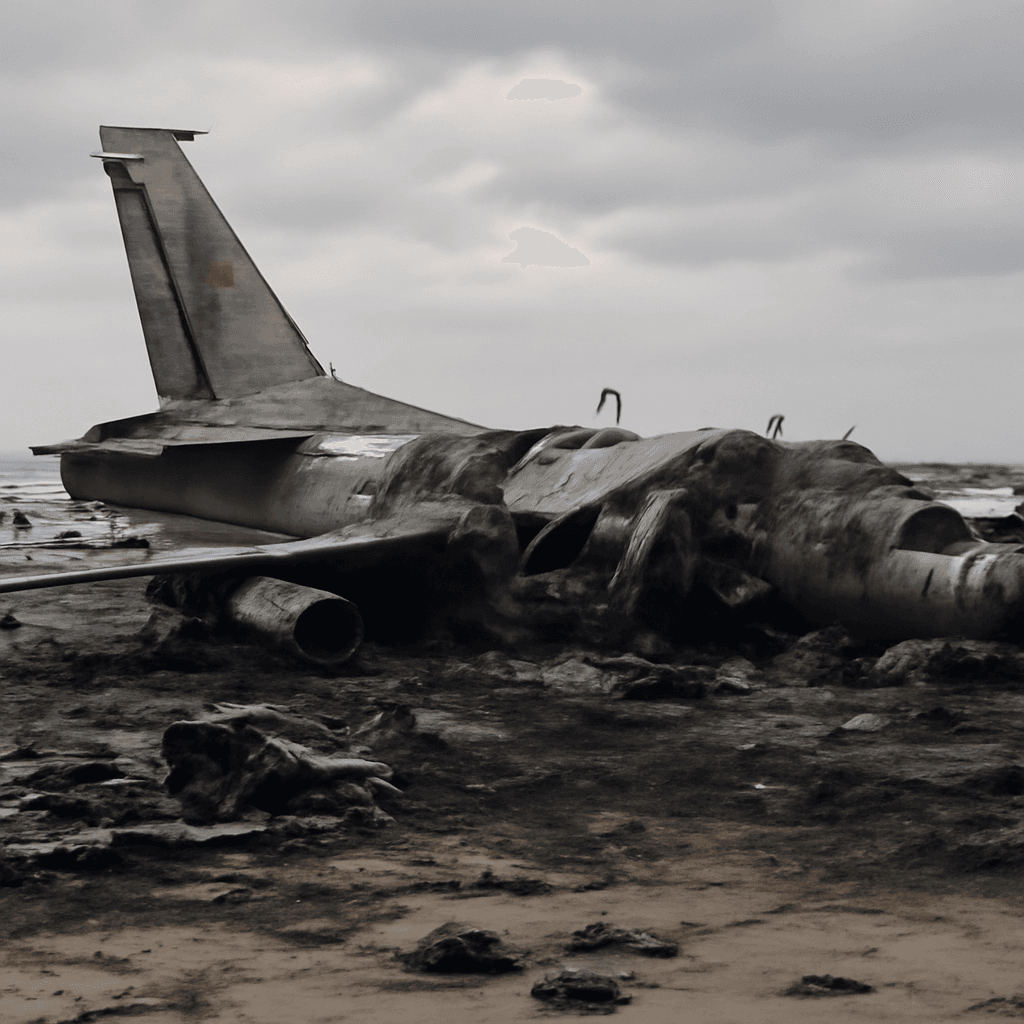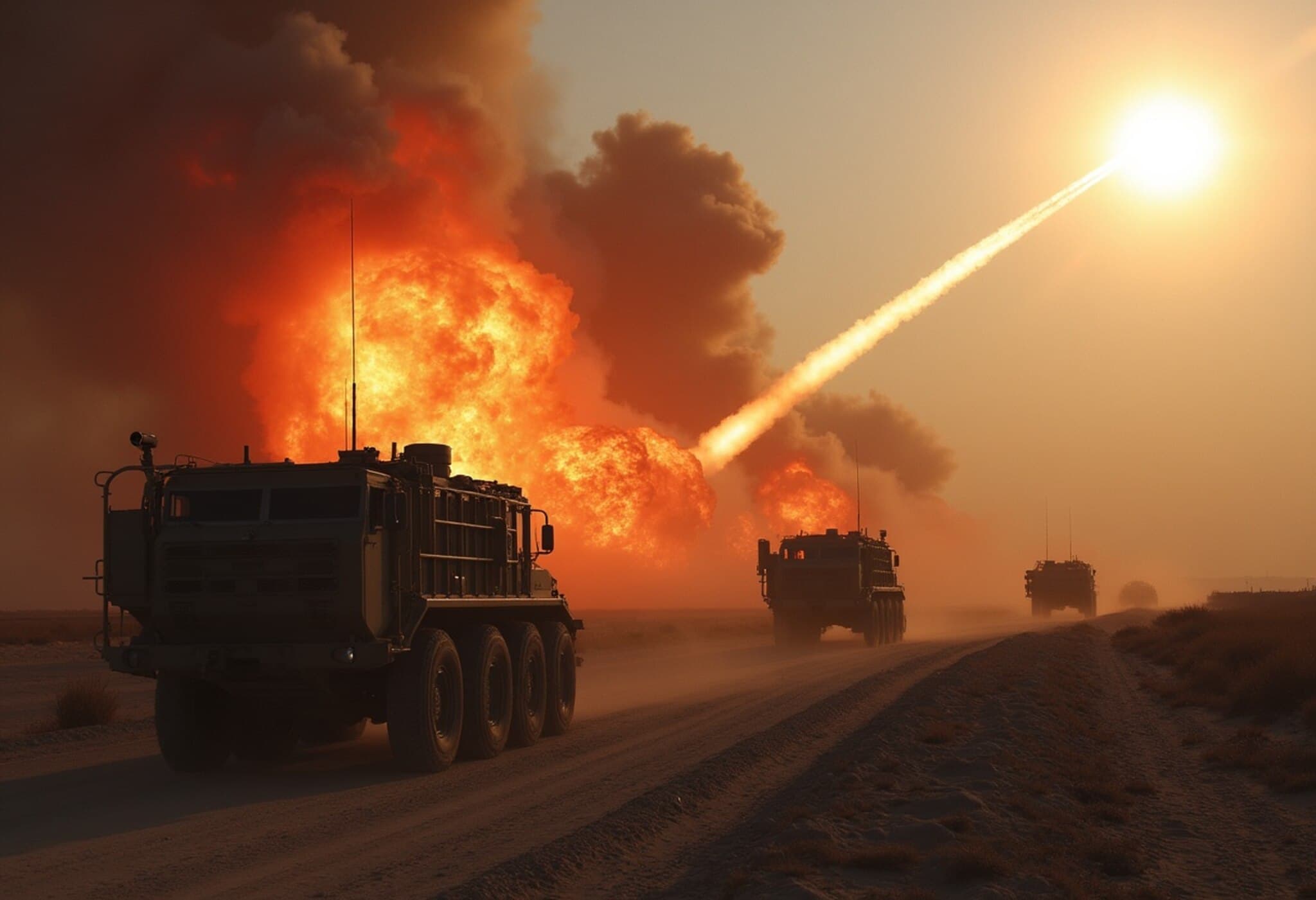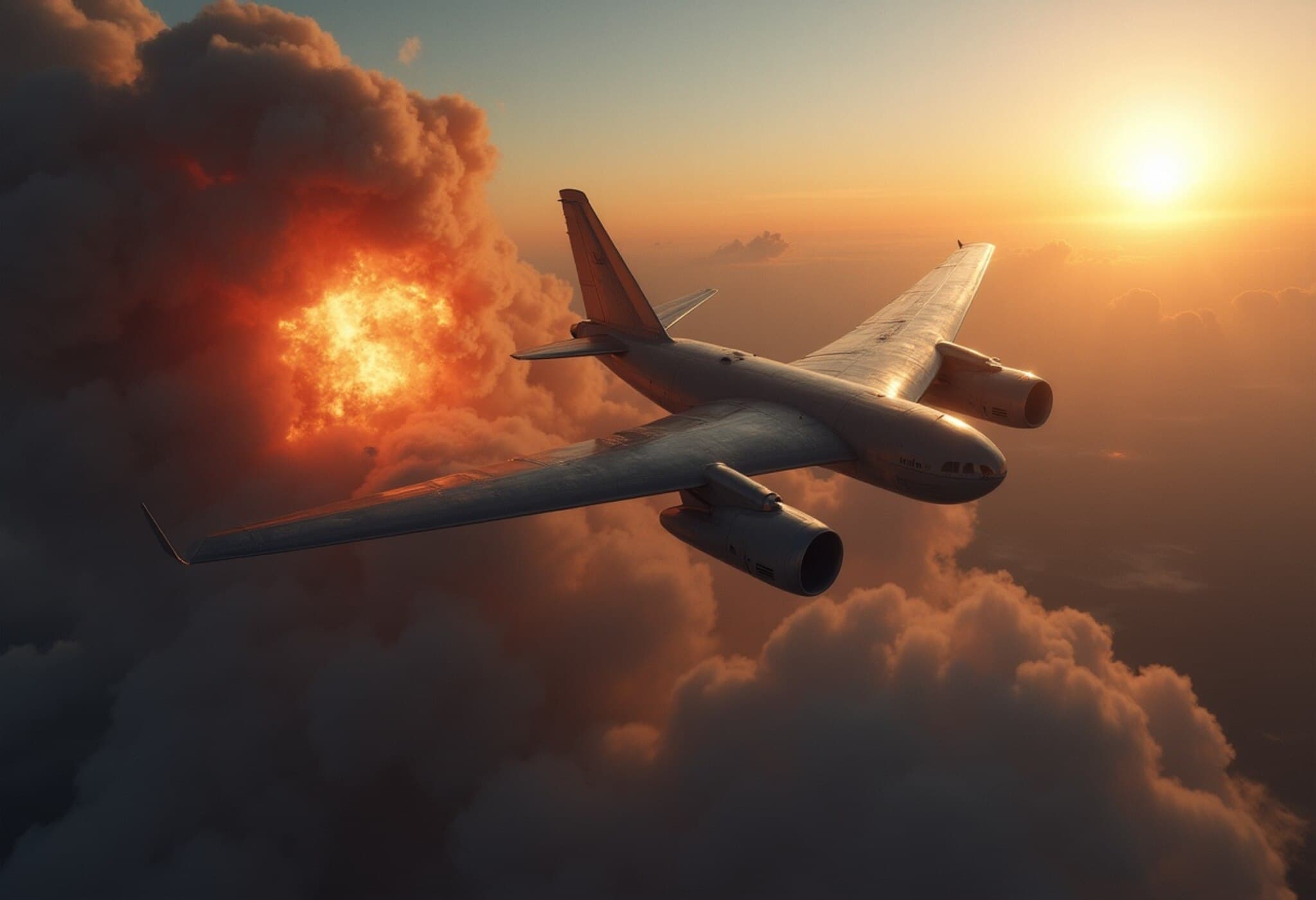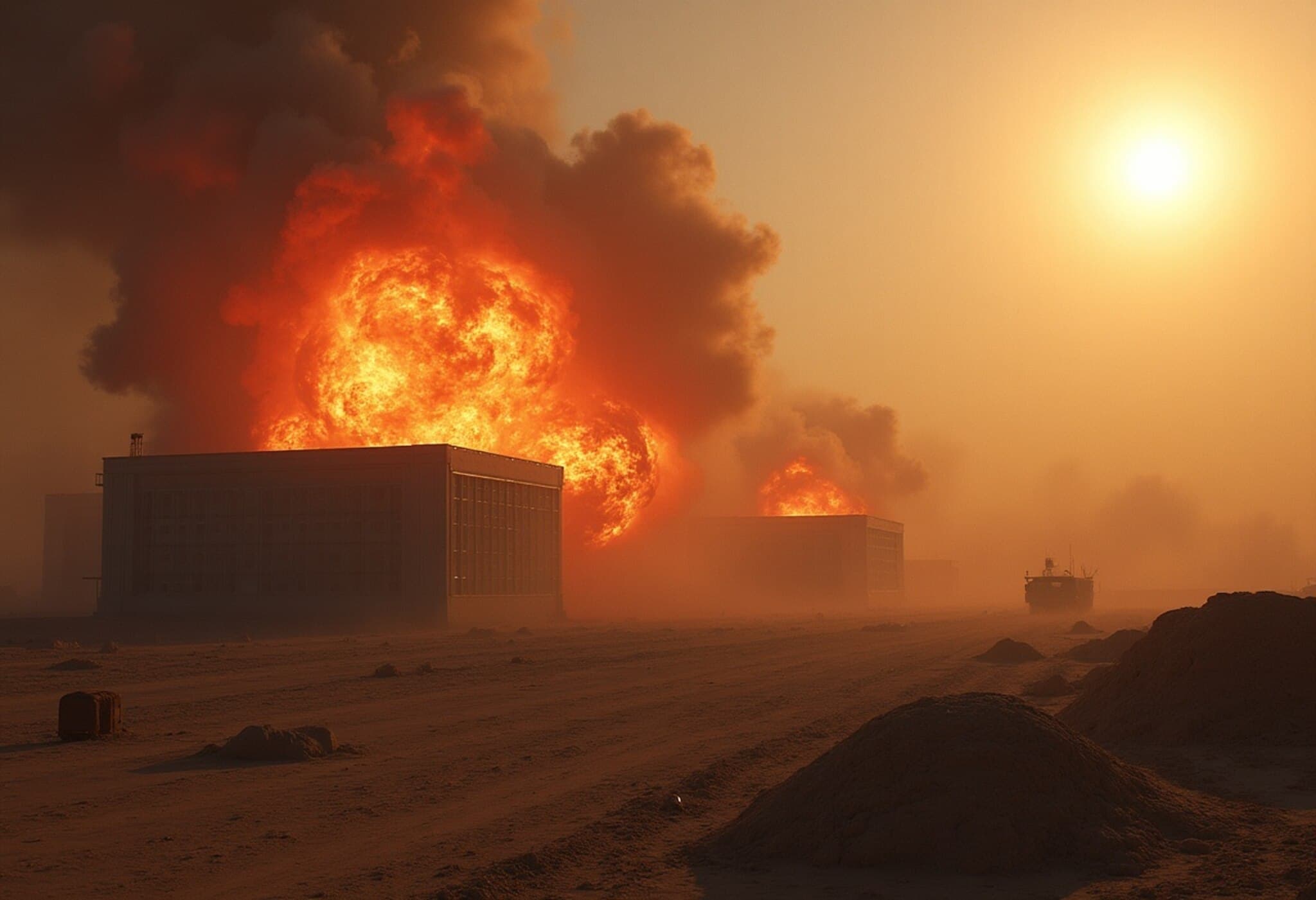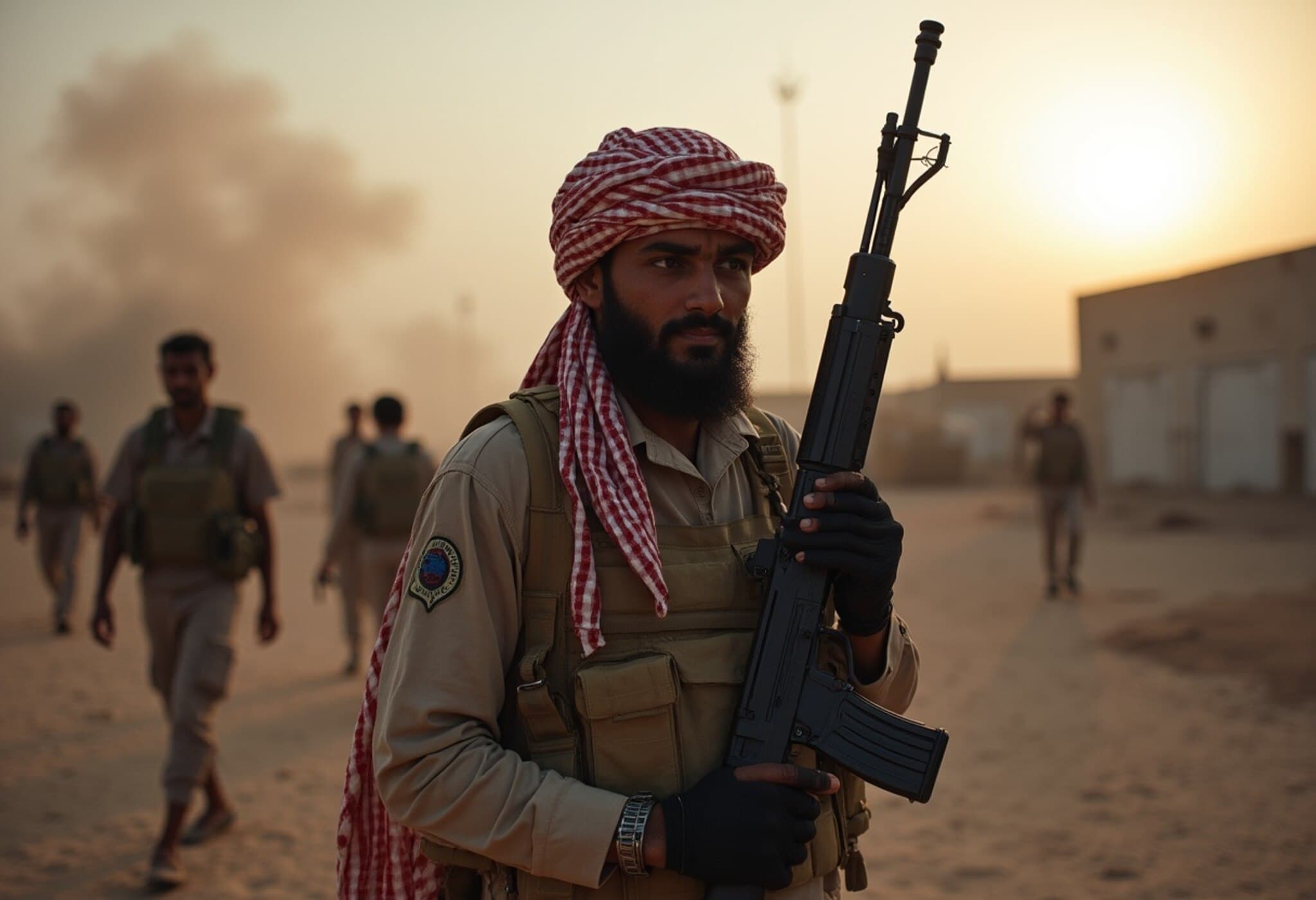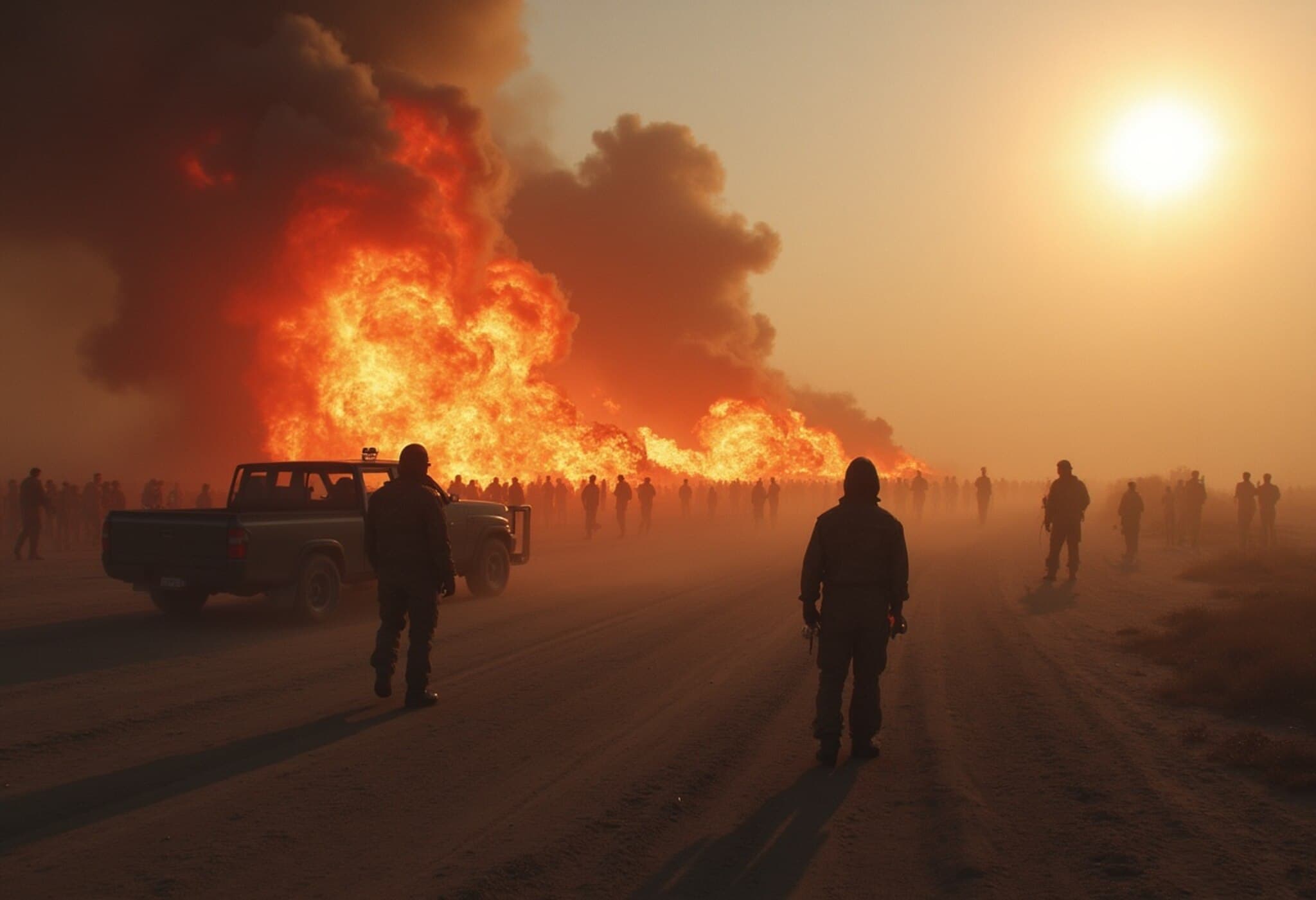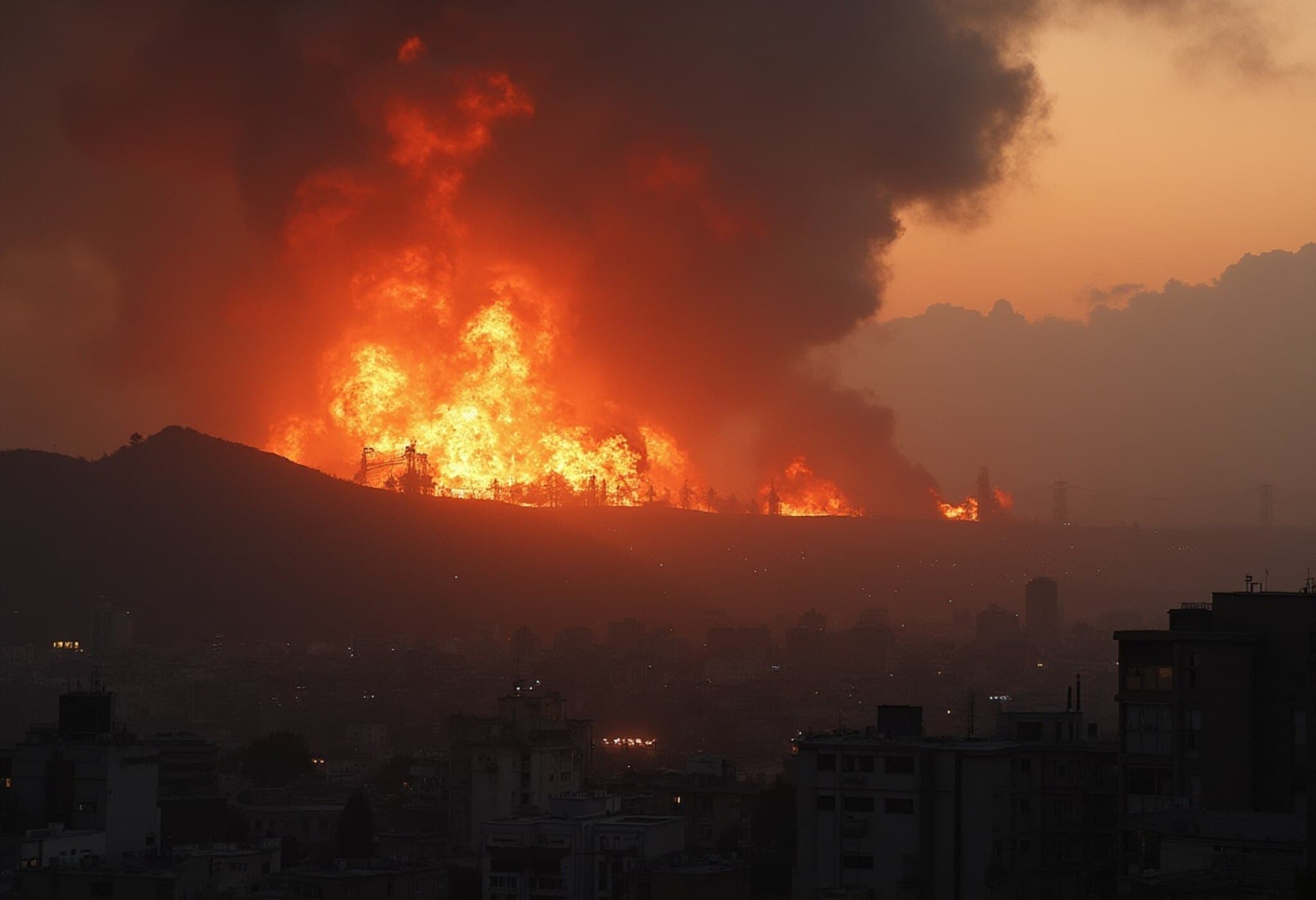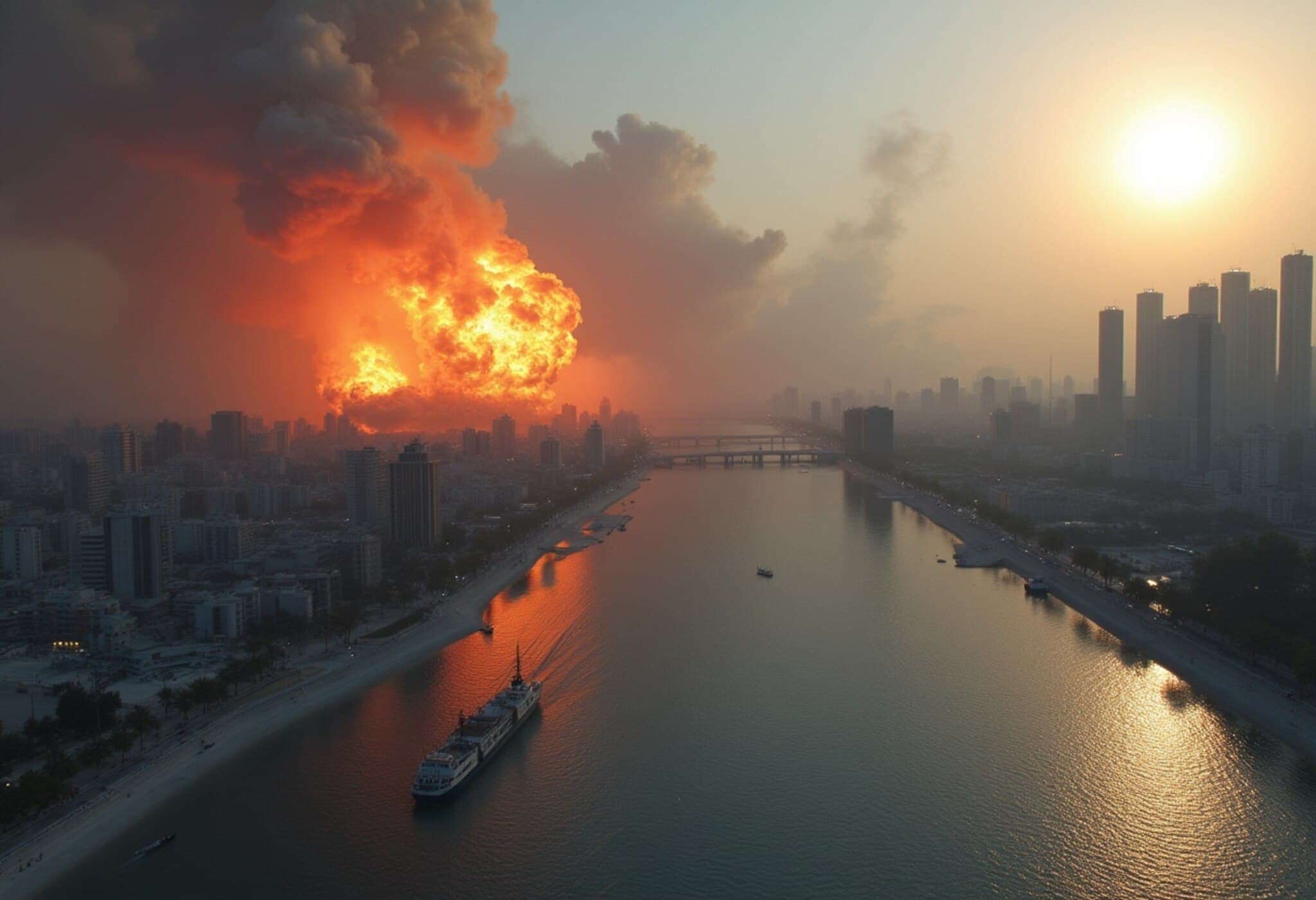From Hollywood to Reality: The Uncanny Parallels Between Top Gun and Operation Midnight Hammer
In June 2025, a striking military operation commanded by the U.S. President closely mirrored scenes from a blockbuster film released just a few years prior. President Trump, returning to office, initiated Operation Midnight Hammer, deploying seven B-2 stealth bombers under the cover of darkness to strike Iran’s heavily fortified Fordow uranium enrichment site nestled in the mountains near Qom.
What once appeared purely as cinematic fantasy in the 2022 film Top Gun: Maverick has, in a surreal twist, taken shape as a real-world military mission years later. The film’s depiction of a pre-emptive strike on a hidden uranium enrichment plant now resembles a blueprint for an actual covert assault.
The Maverick Effect: Why the Sequel Resonated
Top Gun: Maverick was more than just a nostalgic sequel—it revived an era of straightforward, unapologetic storytelling. It avoided modern franchise clichés and embraced practical stunts, real G-forces, and visceral tension. Tom Cruise reprised his role as the fearless pilot without irony or the trendy subtext common in today’s cinema.
The film leaned on:
- High-intensity aerial maneuvers shot with minimal CGI
- A soundtrack pulsing with patriotic energy and nostalgic hits
- A cast of characters embodying classic American masculinity, yet updated for modern audiences
Through a sincere portrayal of heroism, it celebrated a time when military conflict was depicted as thrilling and clear-cut. The audience was drawn in by scenes of camaraderie, beach football, and jets roaring through canyons, all delivering a potent dose of American bravado.
Breaking Hollywood Norms
In an era dominated by identity politics and cautious narratives, the film took a bold stance: embracing patriotism without reservations. With characters like Rooster and Phoenix, it balanced tradition with subtle progressiveness, but avoided political lectures or guilt-ridden war narratives. This approach resonated widely, shattering box office records and cultural expectations.
Cold War Cinema Meets Modern Geopolitics
The original Top Gun (1986) was perceived then as Cold War propaganda, designed with full Pentagon cooperation to glamorize Navy aviation and bolster recruitment. Maverick followed suit—this time without naming its adversary explicitly, alluding instead to an anonymous rogue nation safeguarding a clandestine nuclear facility.
The blurred adversary and the secretive uranium site mirror the real Fordow facility, protected by surface-to-air missile batteries and advanced countermeasures. In both fiction and reality, the mission centered on a pre-emptive strike aiming to neutralize a potential threat before it materialized.
From Screenplay to Strategy: The 2025 Real Strike
Operation Midnight Hammer's timing was critical. Intelligence indicated Iran’s nuclear program approaching a pivotal milestone. The mission targeted the Fordow site, echoing the film’s scenario: a difficult-to-reach underground enrichment plant surrounded by sophisticated defenses.
The official justification for the strike emphasized the defense of unnamed allies in the region, closely matching the film’s vague references to protecting regional friends rather than the direct defense of American soil.
The Deeper Questions: The Cost and Purpose of Such Operations
The film never questioned the morality or rationale behind its mission—it asked only if it could be executed. Yet in real-world debates, questions arise about the risks American service members face when engaging in conflicts related to other nations’ security interests. Why should U.S. assets be committed to missions for foreign allies?
This ambiguity fuels a broader political discourse about whether such interventions align with the promises of limited foreign entanglement and responsible governance.
Final Act: Triumph or Reflection?
Top Gun: Maverick concludes with a satisfying victory—enemy target obliterated, heroes victorious, flag waving proudly. In contrast, reality offers no cinematic closure. The aftermath of Operation Midnight Hammer is complex, surrounded by hesitation and debate over the true beneficiaries and costs of such missions.
Questions loom large: Would the public support sacrifices for foreign conflicts shrouded in vagueness? And does the nostalgic idealism portrayed in the movie hold up against the realities faced by policymakers and service members on the ground?
Looking Ahead: The Intersection of Film, Policy, and Public Perception
The parallels between Top Gun: Maverick and Operation Midnight Hammer illustrate how cultural narratives can intersect with geopolitical events in unexpected ways. The film served as a high-octane showcase of American military valor, while the real mission highlights the complexities and contradictions of modern interventionism.
As the dust settles on this chapter, the question remains: Whose mission is this, and at what cost?


